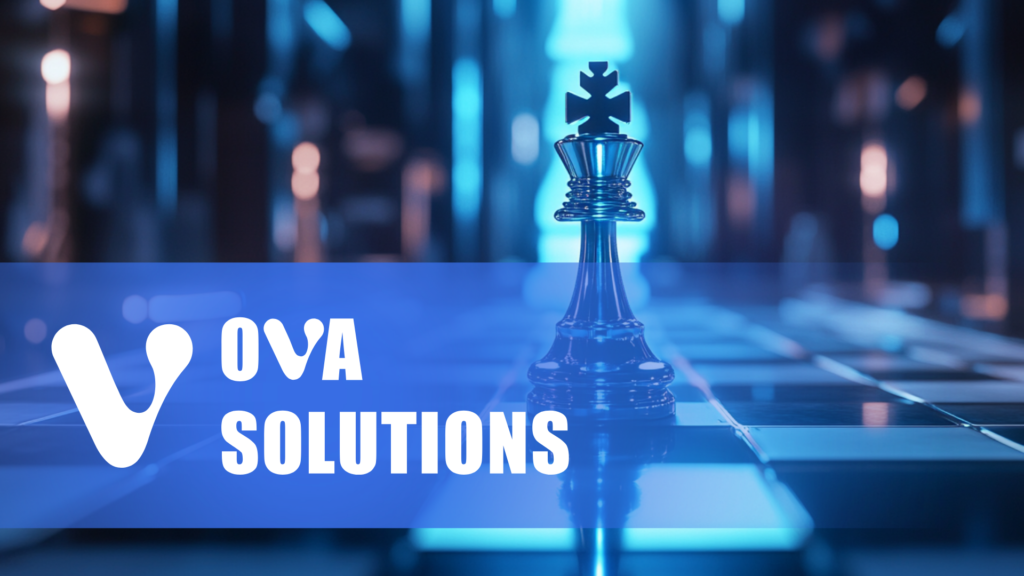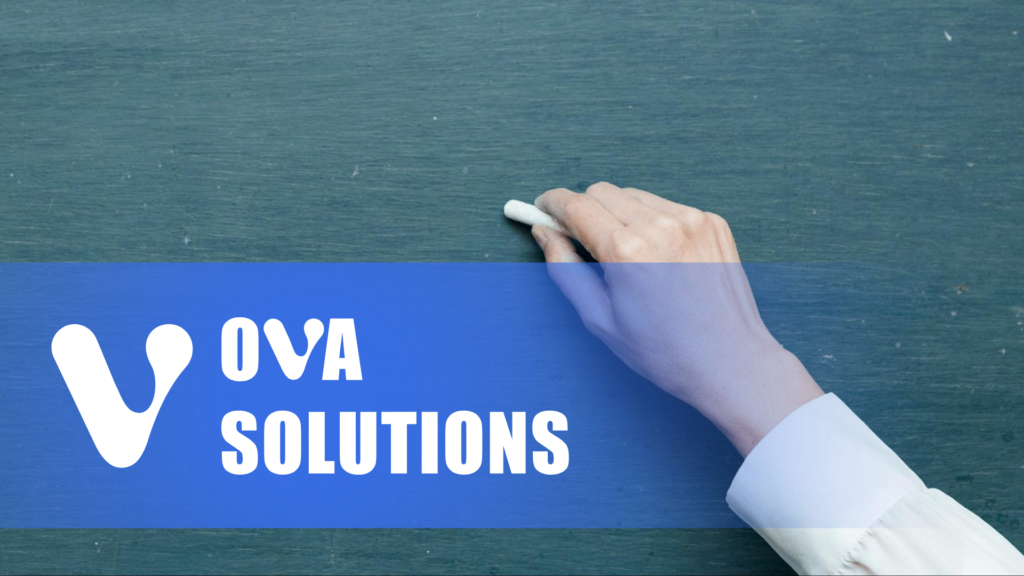In the modern era of connected devices, Cloud IoT Platforms Integration has emerged as a cornerstone of innovation, especially in the medical and wellness device industries. From wearable health monitors to sophisticated imaging systems, integrating cloud-based IoT platforms into devices ensures real-time data exchange, improved patient care, and operational efficiency. This comprehensive guide delves into the transformative potential of cloud IoT integration for smarter device connectivity, emphasizing its applications in healthcare.
Table of Contents
Understanding Cloud IoT Platforms
Cloud IoT Platforms Integration provides the infrastructure and tools needed to connect, manage, and analyze data from IoT-enabled devices. These platforms bridge the gap between hardware and software, enabling seamless data flow and intelligent insights.
Key Features of Cloud IoT Platforms
- Scalability: Handle millions of connected devices and data points with ease.
- Real-Time Data Processing: Enable instantaneous analysis and response for critical applications.
- Advanced Analytics: Utilize AI and machine learning to derive actionable insights.
- Interoperability: Cloud IoT Platforms Integration supports multiple devices, protocols, and legacy systems.
- Security: Ensure data protection with end-to-end encryption and compliance with regulations like HIPAA and GDPR.

Why Cloud IoT Integration Matters in Medical Devices
Medical and wellness devices operate in high-stakes environments where data accuracy, security, and reliability are paramount. Cloud IoT Platforms Integration addresses these challenges and unlocks several benefits:
1. Enhanced Connectivity
Cloud IoT Platforms Integration ensures devices can communicate seamlessly across different networks, enabling real-time monitoring, diagnosis, and intervention.
2. Remote Monitoring and Management
Wearables and home medical devices connected to the cloud allow healthcare providers to monitor patients remotely. This reduces hospital visits and improves patient outcomes.
3. Data-Driven Insights
Cloud IoT Platforms Integration enables advanced analytics, transforming raw device data into actionable insights. For instance, predictive analytics can anticipate patient deteriorations before they occur.
4. Streamlined Device Updates
Over-the-air (OTA) updates through cloud platforms simplify firmware updates, ensuring devices always operate with the latest features and security patches.
5. Cost Efficiency
Centralized data storage and processing reduce the need for expensive on-device computing power, lowering production costs.
Applications of Cloud IoT Platforms in Healthcare
1. Wearable Health Devices
Wearables like fitness trackers and continuous glucose monitors rely on Cloud IoT Platforms Integration to provide real-time data to users and healthcare providers. Platforms like AWS IoT Core and Azure IoT Central facilitate this seamless connectivity.
2. Smart Hospital Systems
From connected infusion pumps to advanced imaging systems, Cloud IoT Platforms Integration enables centralized monitoring and control, improving hospital efficiency and patient safety.
3. Telemedicine
Cloud IoT platforms empower telemedicine by integrating data from various devices, allowing doctors to make informed decisions during virtual consultations.
4. Asset Tracking
In large healthcare facilities, IoT-enabled asset tracking systems ensure critical equipment is always available when needed, reducing downtime and costs.
Key Cloud IoT Platforms for Medical Devices
Several cloud platforms are optimized for IoT integration, each offering unique features and capabilities:
1. AWS IoT Core
Amazon’s IoT platform provides secure device connectivity, real-time analytics, and seamless integration with other AWS services like AI and machine learning.
2. Microsoft Azure IoT Central
Azure’s IoT suite supports advanced analytics, edge computing, and simplified device management, ideal for large-scale healthcare applications.
3. Google Cloud IoT
Google’s IoT platform emphasizes machine learning and AI, making it a strong choice for predictive analytics and personalized patient care.
4. IBM Watson IoT
Known for its AI-driven insights, IBM’s platform excels in analyzing unstructured data, aiding complex healthcare scenarios.
5. Siemens MindSphere
This platform’s focus on industrial IoT makes it suitable for integrating large, complex medical devices in hospital systems.
Steps to Integrate Cloud IoT Platforms with Medical Devices
1. Define Objectives and Requirements
Understand the device’s purpose, data requirements, and connectivity goals. This ensures a targeted Cloud IoT Platforms Integration approach.
2. Choose the Right Cloud IoT Platform
Select a platform that aligns with your device’s technical specifications and compliance requirements.
3. Develop and Test Device Firmware
Ensure the device firmware can communicate with the chosen IoT platform. Rigorous testing is essential to validate functionality and security.
4. Implement Secure Connectivity
Use industry-standard encryption and authentication protocols to safeguard patient data during transmission and storage.
5. Leverage Analytics and AI
Integrate analytics tools to extract meaningful insights from device data, enhancing its clinical value.
6. Monitor and Update
Continuously monitor device performance through the cloud platform and deploy updates as needed to maintain efficiency and security.
Challenges in Cloud IoT Integration
While the benefits are significant, Cloud IoT Platforms Integration comes with challenges:
1. Data Security and Privacy
Ensuring compliance with healthcare regulations like HIPAA and GDPR is critical. End-to-end encryption and access control mitigate risks.
2. Interoperability
Integrating diverse devices and protocols requires robust APIs and middleware.
3. Scalability
As the number of connected devices grows, cloud platforms must scale efficiently to handle increased data loads.
4. Latency
Minimizing latency is vital for time-sensitive medical applications like emergency response systems.
The Future of Cloud IoT in Healthcare
The integration of cloud IoT platforms in medical devices is set to redefine healthcare delivery. With advancements in AI, edge computing, and 5G connectivity, the potential applications are limitless. From personalized medicine to decentralized healthcare systems, Cloud IoT Platforms Integration will be at the forefront of innovation.
Conclusion
Cloud IoT platforms integration is revolutionizing how medical and wellness devices connect, communicate, and operate. By leveraging these platforms, healthcare providers and device manufacturers can enhance patient care, improve operational efficiency, and drive innovation. The future of healthcare is connected, and cloud IoT platforms are leading the way.
For more insights on medical device engineering, check out our guide here.




 430 Park Ave, New York, NY 10022, USA
430 Park Ave, New York, NY 10022, USA Paevalille tn 6, Office 84, Estonia, Tallinn, 13517
Paevalille tn 6, Office 84, Estonia, Tallinn, 13517 Barykadna St 7, Dnipro, Ukraine, 49000
Barykadna St 7, Dnipro, Ukraine, 49000